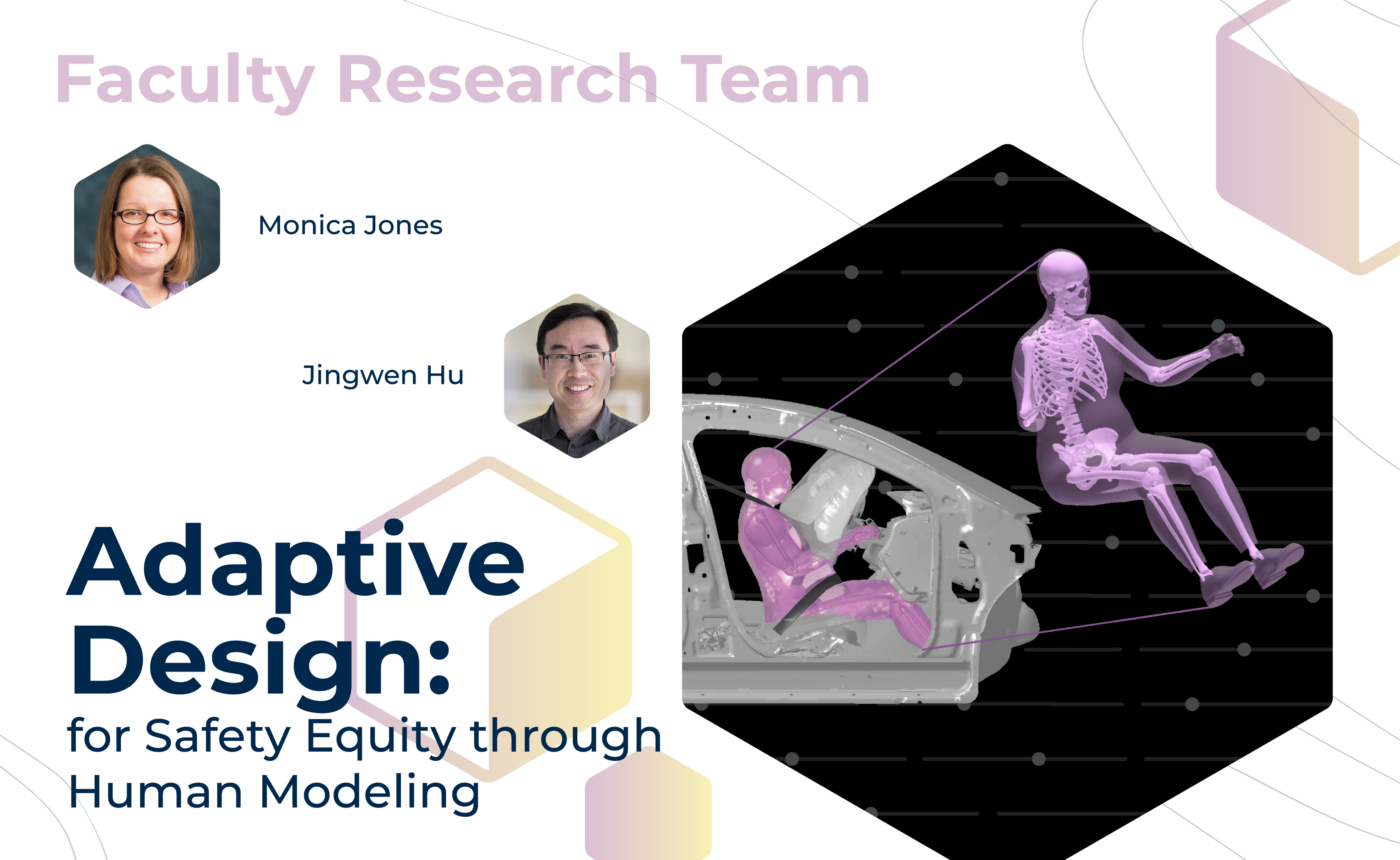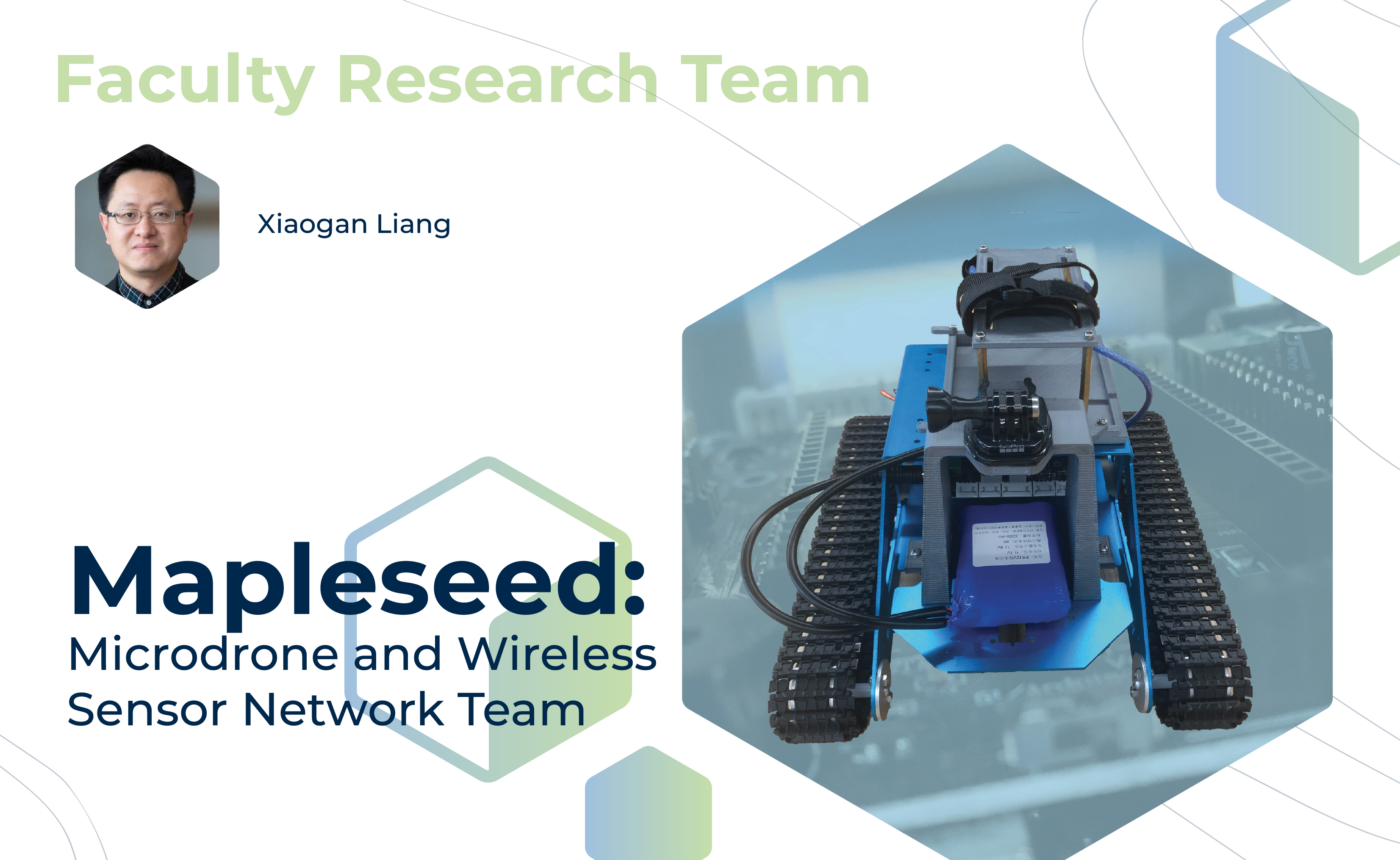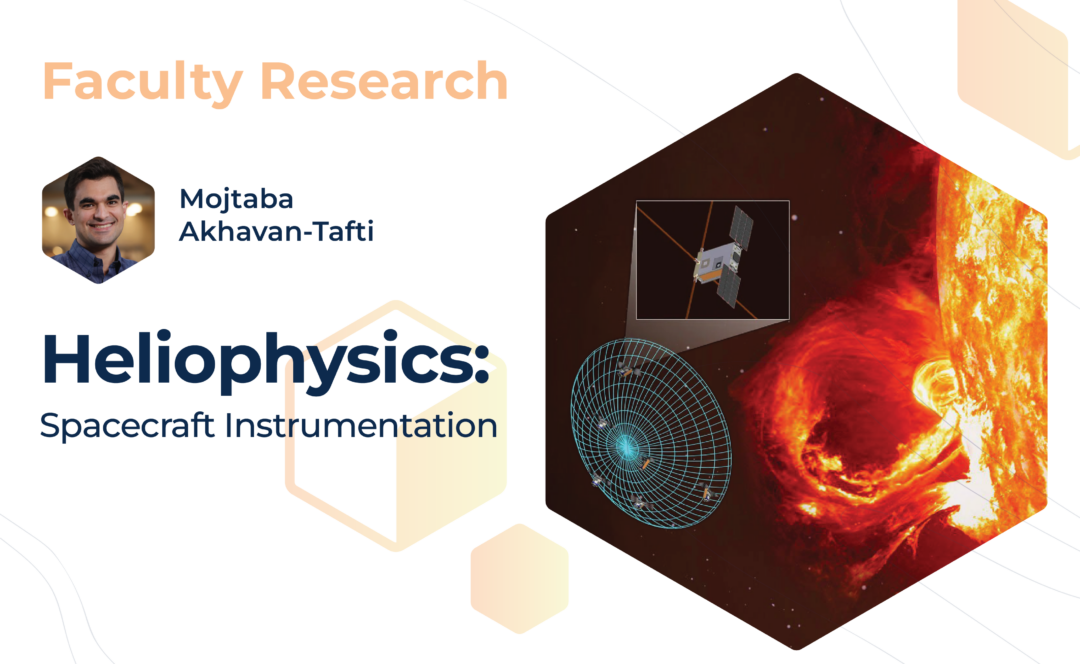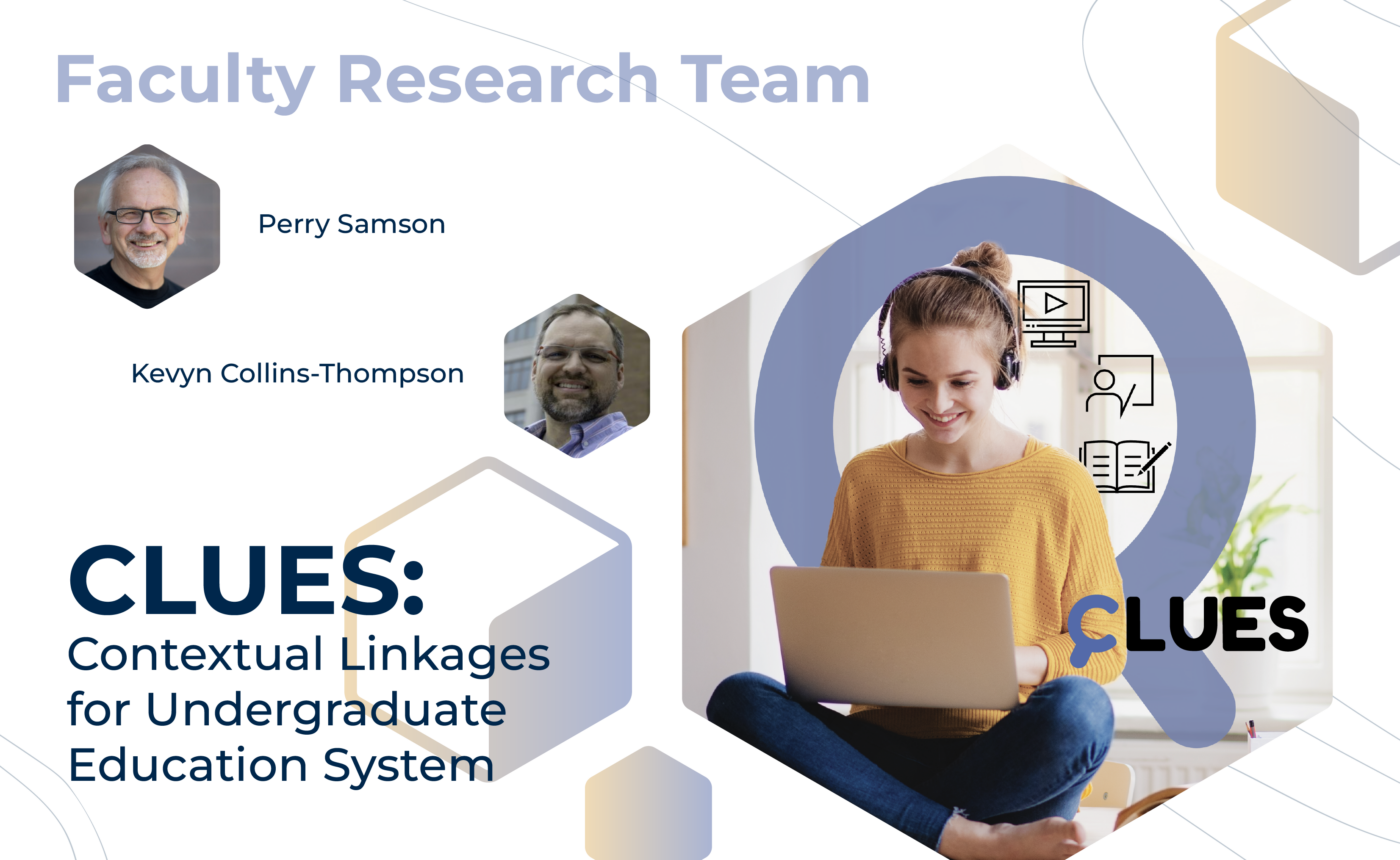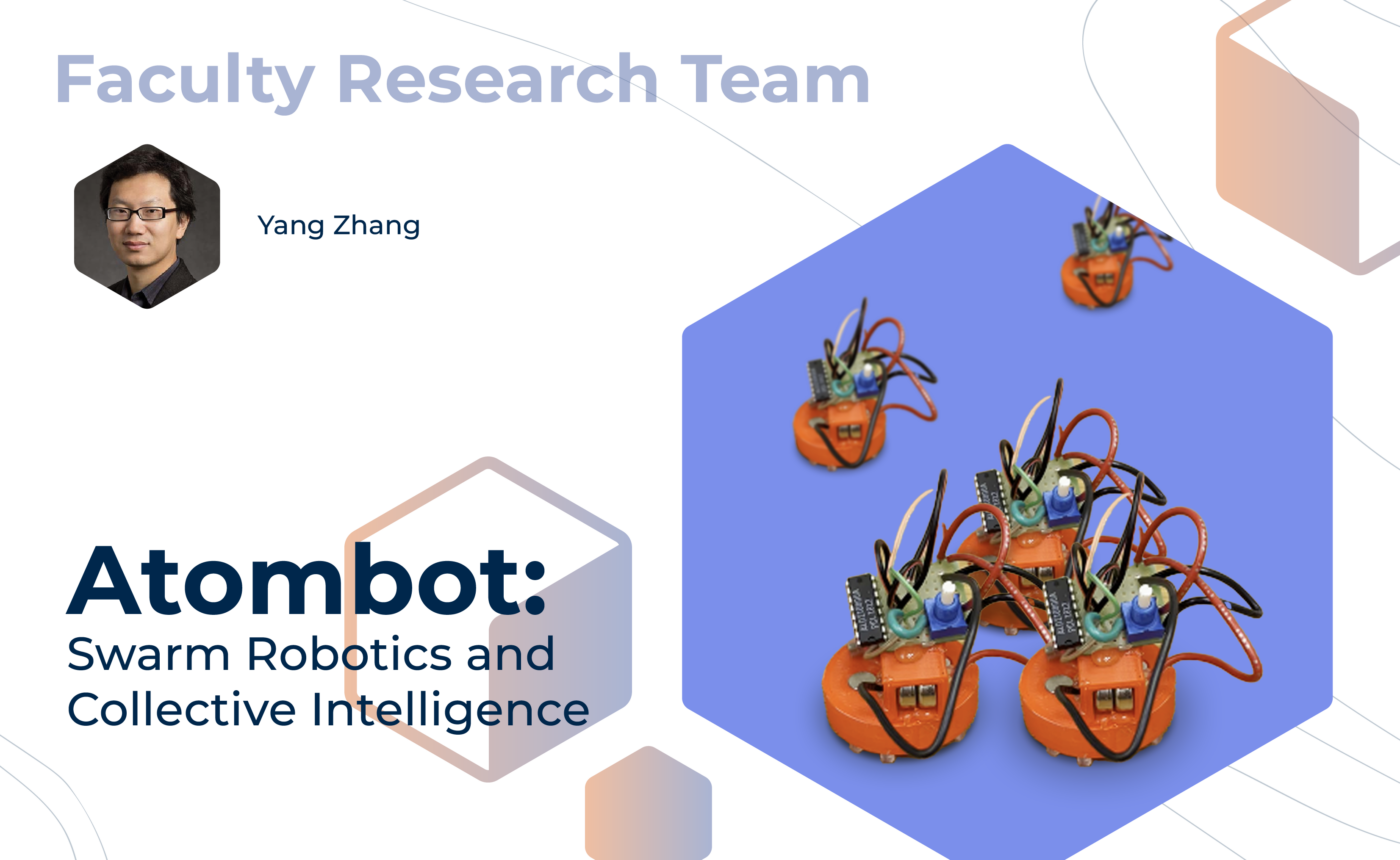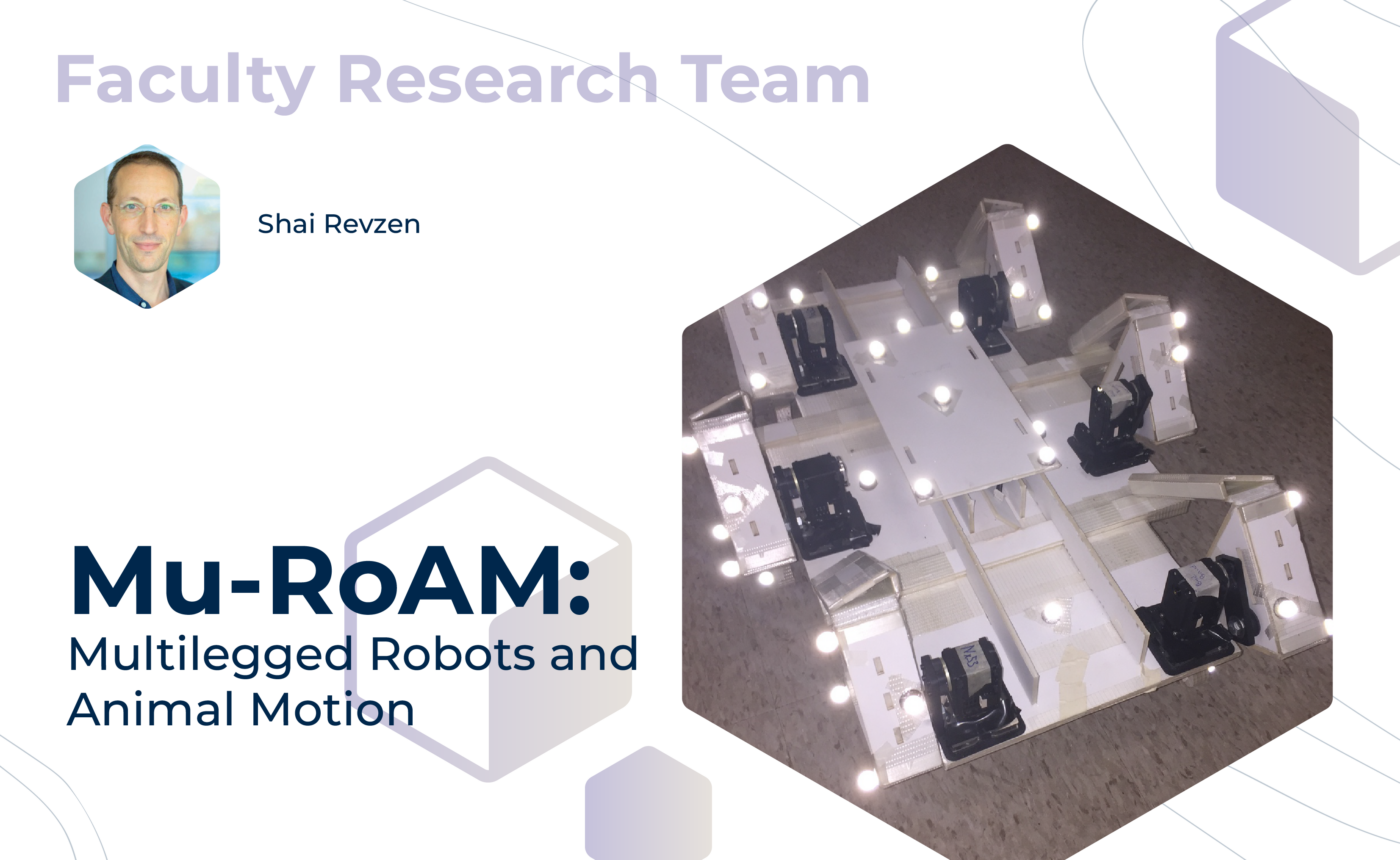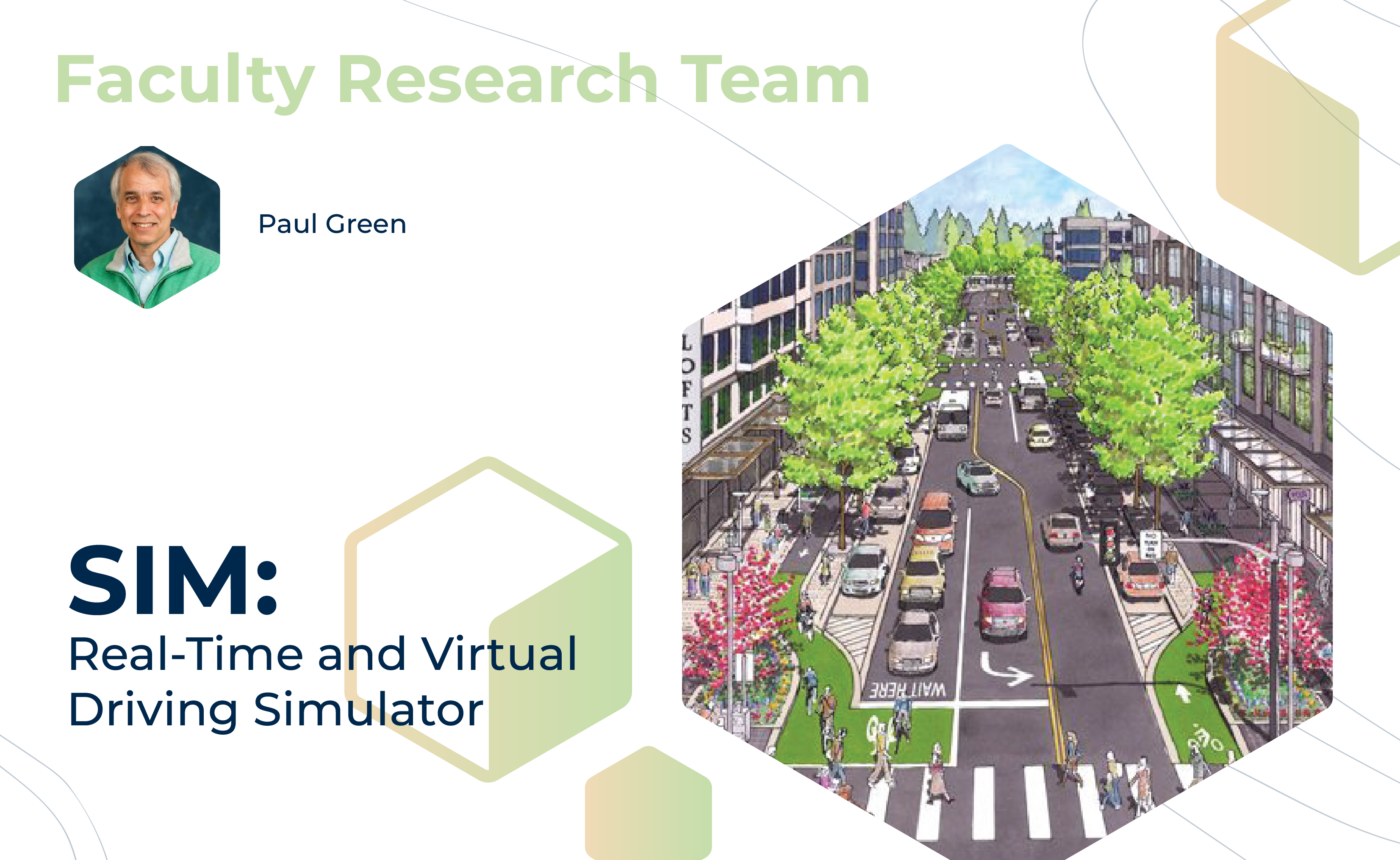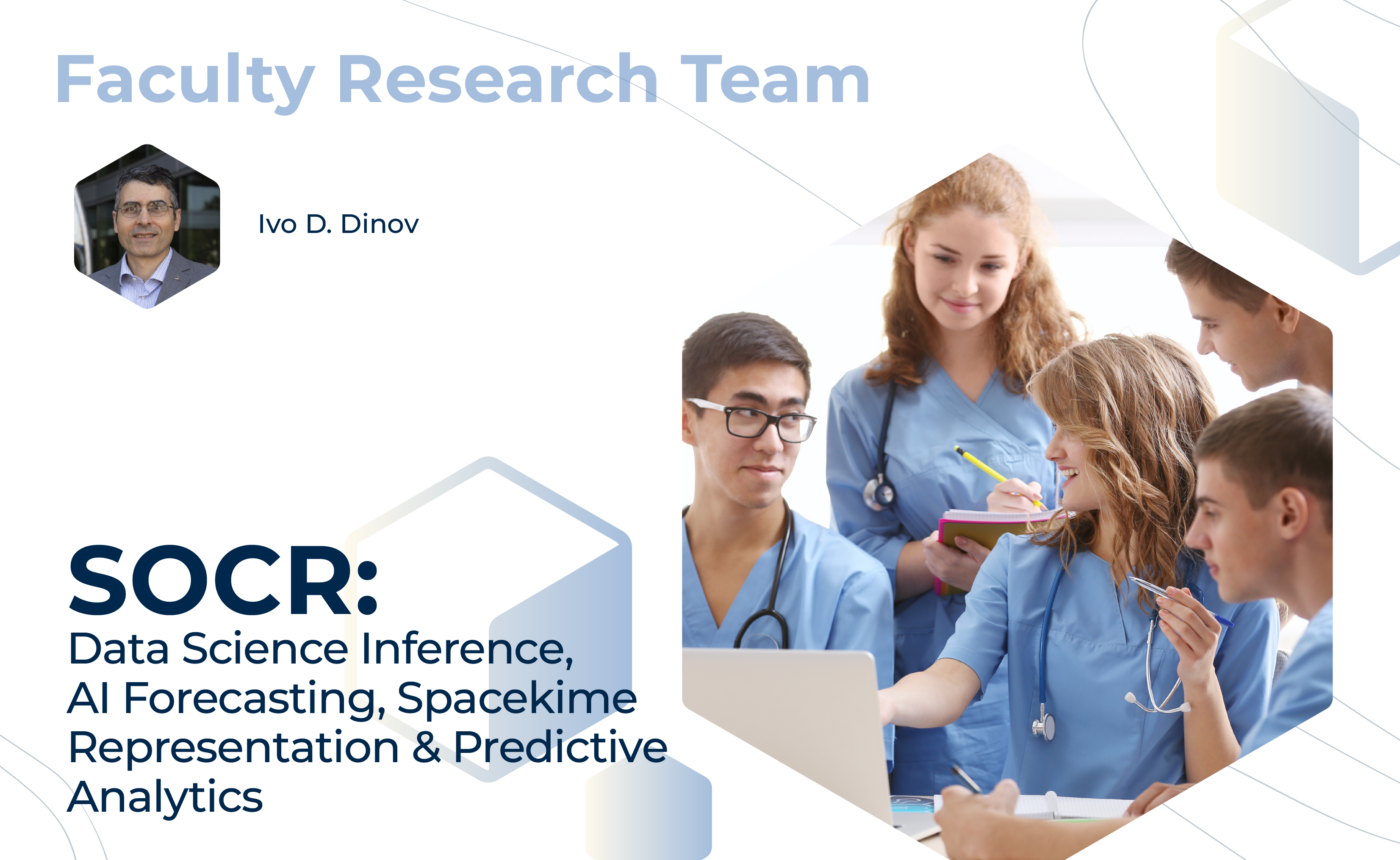– Clear
Researchers at the University of Michigan Transportation Research Institute (UMTRI) have been improving accident impact simulations by broadening the types of body sizes and shapes considered. Students will develop parametric human body models that are capable of testing wide ranges of body sizes, types, and shapes to help create better adaptive and personalized designs for human safety and mobility.
Wireless sensor networks are needed for studying Earth’s climate and for real time monitoring of the spread of viruses or pathogens. The Mapleseed team aims to develop miniaturized robotic vehicles capable of carrying various sensors and automatically measuring certain atmospheric parameters and particle/virus concentrations in targeted spaces.
The Heliophysics team is developing a data processing pipeline to detect planetary emissions during extreme space weather incidents in support of the NASA SunRISE mission. Additionally, the team is constructing and operating a ground-based radio antenna array, with overlapping frequency coverage to SunRISE. This term, the team will expand their ground-based radio interferometer both locally and in the Upper Peninsula.
The CLUES Project uses artificial intelligence methods to index both what was said and visually presented in class sessions. Through this innovation an unprecedented data set is being created that identifies the knowledge being transmitted in college courses and allows students the ability to search for specific moments in their class sessions.
This Atombot project will build a controllable miniature swarm robot system, based on a prototype developed by the Z Lab, study the fundamental emergent behavior of many-robot systems, and explore mission-critical applications in homeland security.
This faculty research team uses core principles of animal locomotion to create advanced robot technologies by distilling their mathematical principles and using machine learning automation. Students will design and fabricate robots, write core software components, and run robot and animal experiments, all in support of this mission.
To assess vehicle safety and ease of operation, the SIM team is designing a virtual driving simulator through open-source, simple hardware, and virtual roadway and scenario simulation. This team will also conduct experiments with users of software/hardware to validate ease of use and functional requirements.
As therapies for cancer become more available world-wide, there is a need to develop screening tools to diagnose potential patients overcoming geographical and economic limitations. This team will develop software-based tools to facilitate diagnosis and interpretation of cancer image data. To aid this work, the DIAG team is also developing a personalized education AI assistant by leveraging LLMs and open-source materials
The Statistics Online Computational Resource (SOCR) is an online platform including web-services and advanced methods in probability, statistics, and machine learning in the health sector. This team will develop an enhanced analysis and visualization toolbox with an emphasis on “Big Data” - very large datasets that are difficult to analyze and interpret in meaningful ways with basic probability and statistical methods.

